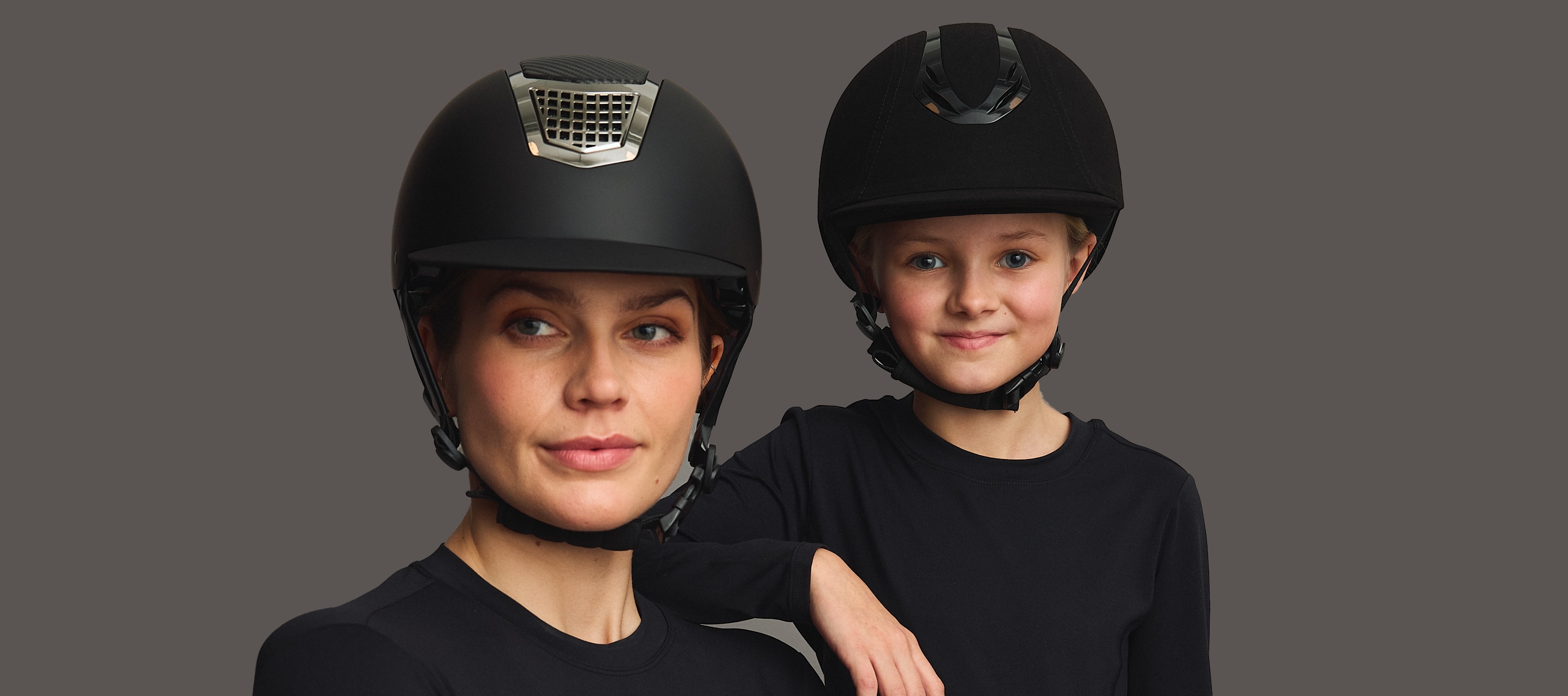Measurement and Fit
- Measure your head: Measure the circumference of your head to find the right helmet size. The helmet should be placed on by pressing it back from the forehead and should sit about one centimeter above your eyebrows.
- Adjust the chin strap: The strap should sit under the earlobe and go down under the chin. The chin strap should be tight enough to allow for two fingers under the chin without being too loose.
- Check the fit: You should be able to shake your head from side to side without the helmet moving. A helmet that fits loosely does not provide enough protection.
Helmet Use
- Avoid wearing hats under the helmet: Do not wear a regular hat under the helmet, instead use special helmet liners or ear warmers designed to be worn with the riding helmet without compromising safety.
- New CE marking: Make sure the helmet is CE marked according to the latest standard, EN1384:2023, which was introduced in October 2023.
- Replace your old helmet: The materials in the helmet can break down over time, which affects its protective capacity. Therefore, it is recommended to replace the helmet every five years, even if it has not been involved in an accident.
If you have fallen and the helmet has received a hard impact or been dropped on the ground, it should be replaced immediately, even if no visible damage is seen. The structure inside the helmet may have been affected by the impact.
A helmet should also be replaced if you notice visible cracks, damage, or deformations, or if it has been exposed to extremely high or low temperatures.
Special Helmets for Eventing
Jockey-style helmets: In eventing, jockey-style helmets are recommended, which do not have a peak and are covered. This is to reduce the risk of the helmet getting caught and causing further injury during a fall.
